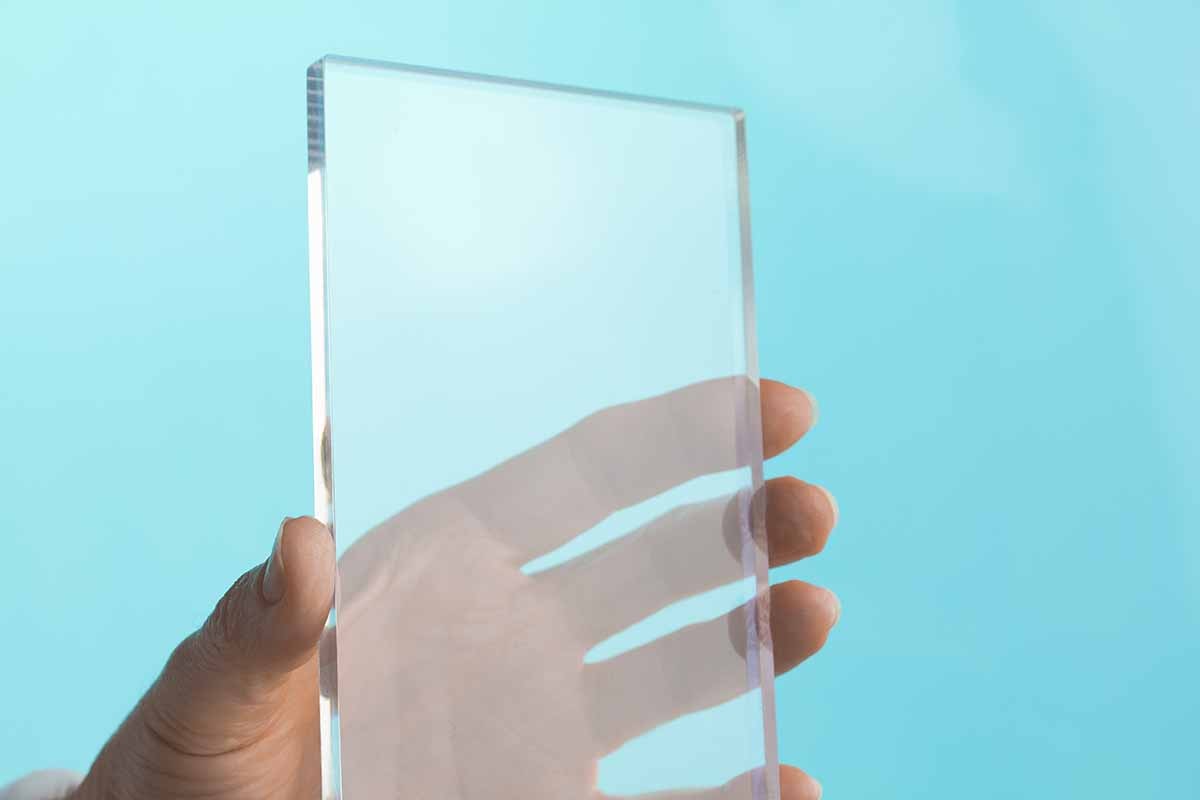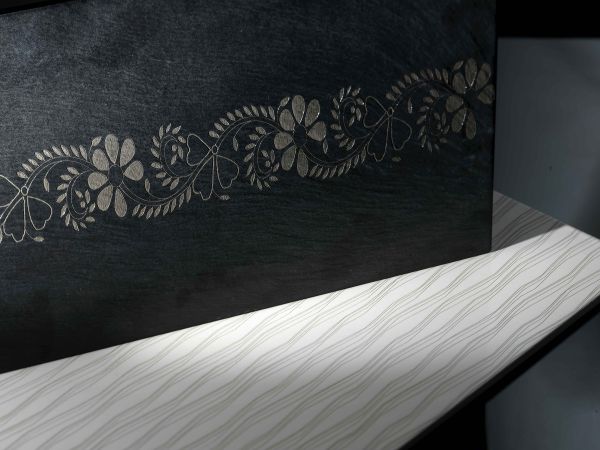Paper processing is one of the main areas of application for the CO2 laser. The world of paper converting has benefited greatly from the spread this tool. The CO2 laser offers speed, efficiency and flexibility, allowing laser companies to meet the demands of an increasingly fragmented market.
Laser production processes also fit in perfectly with the digital printing processes that now dominate the converting industry. This is a sector that we know well at El.En. Over the years we have helped many companies introduce laser technology into their production processes. We have created numerous systems for paper processing, particularly for companies operating in the packaging sector.
Based on our experience, we will use this article to give an overview of laser applications for paper converting.
Laser and paper
Paper is part of our everyday life. There is no task or business that does not make use of some kind of paper material.
When we talk about paper, we include a wide range of materials. However, the various types of paper have a similar composition. At a microscopic level, a sheet of paper consists of a network of interwoven cellulose fibres, a filler, usually kaolin, and various chemicals derived from the manufacturing process.
The chemical structure of paper lends itself well to CO2 laser cutting. When the laser interacts with the cellulose, it dissolves its molecular structure, reducing the material to its basic components carbon, oxygen and hydrogen.
This processing system is very advantageous as it solves the main drawbacks of traditional paper cutting tools.
First of all, the laser offers flexibility. One of the methods for cutting paper is using dies. Each die can only be used to cut one shape. In order to obtain a new shape, a new cutting die must be created. This places a limit on how much work a company can accept: if the production batch isn’t big enough to pay back the cost of the new die, it becomes economically disadvantageous to produce it.
Laser technology, on the other hand, is much more flexible because the entire cutting system is digitally controlled by software. Modifying the shape that needs to be cut simply requires software intervention. This makes it economically viable to process small production batches.
Mechanical cutting has another drawback. The use of blades is another method used to cut paper. This cutting mechanism produces dust and residues that are not compatible with modern digital printing processes, which are now predominant. This means that it is necessary to separate the printing and cutting phases.
Laser cutting processes, on the other hand, produce very little residue and are therefore compatible with digital printing processes. What’s more, laser technology is a completely digital process. It can therefore easily be used in integrated systems that can perform all the production processes required by the converting industry in a single step.
Another problem with mechanical systems is that they cannot achieve consistent high quality cuts. Blades carry the risk of creating irregular or poor quality cuts. Many applications, particularly in the packaging sector, require extremely precise cuts. Containers for liquid food products, for example, need to have perfectly sealed edges (i.e. where there are no loose, protruding fibres). Laser cutting achieves these results because heat seals the edges during the cutting process.
On the basis of what we have previously stated, the use of lasers is advantageous in situations where the use of mechanical cutting is not economically viable. Here are some examples:
- need for high quality and precision cuts
- production volumes of less than 1000 pieces
- need to create integrated digital printing and cutting production systems
- need to eliminate waste due to the high cost of production equipment
- execution of bespoke work
- execution of particularly complex cuts
Some paper laser cutting applications
It would be difficult to make a complete list of laser applications for paper, especially since many of these processes used to be carried out with mechanical cutting equipment. However, laser technology has made it possible to perform processes that used to be impossible or very difficult to do very easily.
One example of this is partial surface cuts, which make it possible to create packaging models with advanced features like easy-opening packaging or open-close. This type of application is particularly popular in the food industry. This type of packaging doesn’t require any tools to be opened and therefore adds value to the product itself.
Conclusion
CO2 laser sources are ideal for paper processing. The CO2 laser interacts perfectly with the chemical composition of paper materials. Using it in this sector is very advantageous. As you can imagine, however, the possible implementations are numerous.
We would be happy to put our extensive experience in CO2 laser applications for the paper industry at your disposal. Feel free to contact us for information or a free quote.




